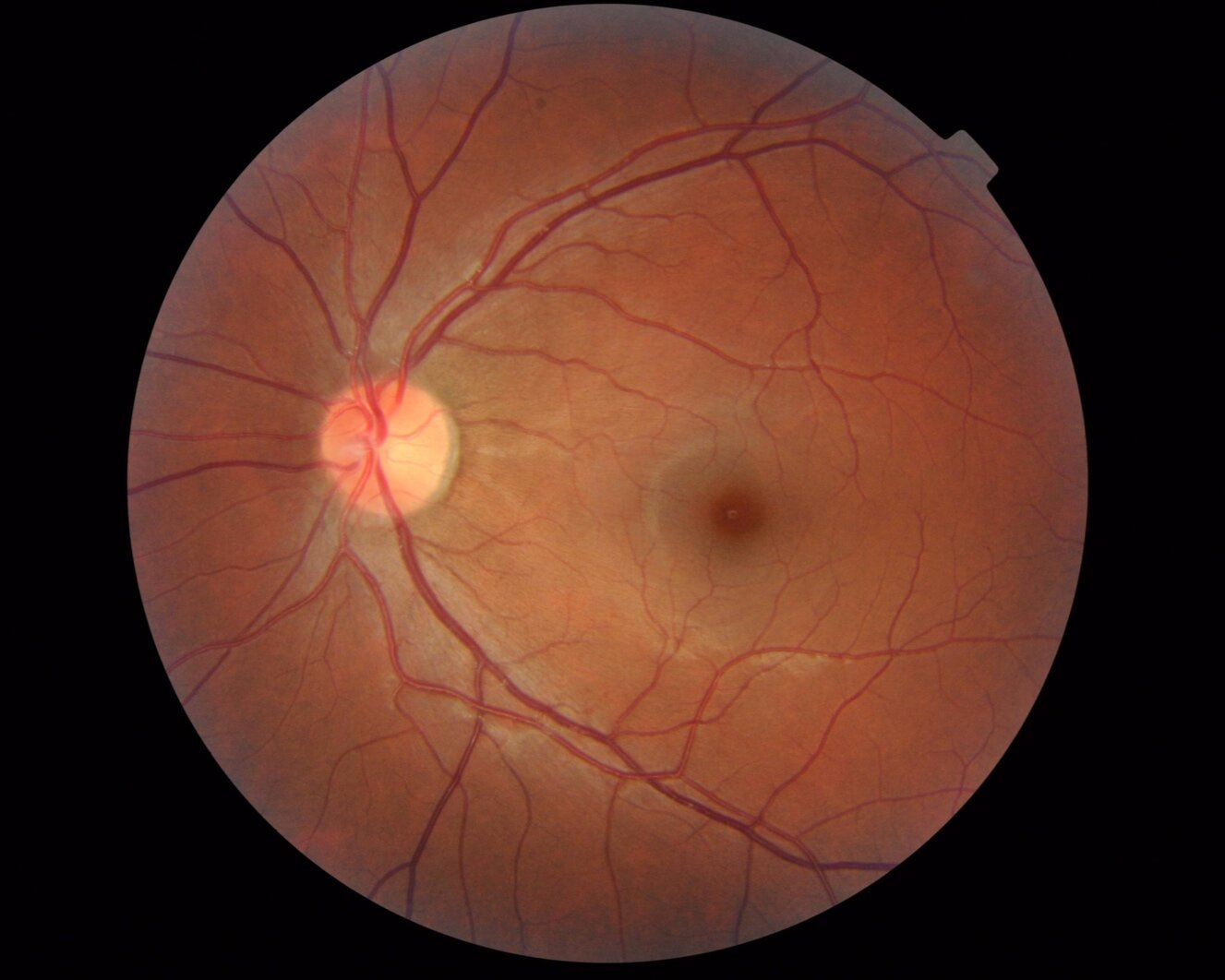How often should I get my eyes examined?
We recommend an annual eye exam for all of our patients. A comprehensive eye exam ensure optimum vision with glasses an/or contact lenses, helps detect early signs of eye diseases, and can help detect even the early signs of systemic diseases like high blood pressure and diabetes.
What is a "dilated eye exam"?
Dilation is an important part of a comprehensive eye examination. By instilling an eye drop to dilate the pupil, your eye doctor is able to get a better view into the back of your eye to check for cataracts, glaucoma and macular degeneration.
What is myopia?
Nearsightedness, or myopia, is a vision condition in which people can see close objects clearly, but objects farther away appear blurred. People with myopia can have difficulty clearly seeing a movie or TV screen or the whiteboard in school. Myopia occurs if the eyeball is too long or the cornea (the clear front cover of the eye) is too curved. As a result, the light entering the eye isn't focused correctly, and distant objects look blurred.
What is hyperopia?
Farsightedness, or hyperopia, is a vision condition in which you have to focus harder to see close objects than you have to focus to see far objects. Farsightedness occurs if your eyeball is too short or the cornea has too little curvature. In these cases, your eye can't correctly focus the light that enters it.
What is astigmatism?
Astigmatism is a common vision condition that causes blurred vision or doubled vision. It occurs when the cornea (the clear front cover of the eye) is irregularly shaped. An irregularly shaped cornea or lens prevents light from focusing properly on the retina, the light-sensitive surface at the back of the eye. As a result, vision becomes blurred at any distance. This can lead to blurry vision, eye strain and headaches. Astigmatism is easily detected during an eye exam and is corrected with glasses.
What is presbyopia?
Presbyopia is a vision condition in which the shape and elasticity of the crystalline lens of your eye changes. The crystalline lens has always done the focusing up close for you, but eventually it doesn’t focus as easily or efficiently as it used to. These changes make it difficult to focus on close objects. Presbyopia may seem to occur suddenly, but sight reduction occurs over a number of years. Presbyopia usually becomes noticeable in the early to mid-40s.
What are cataracts?
Cataracts occur when your once clear crystalline lens starts to become cloudy or hazy. Depending upon the severity, it can interfere with normal vision. Most cataracts develop in people over age 55, but they occasionally occur in infants and young children. Usually cataracts develop in both eyes, but one may be worse than the other.
What is glaucoma?
Glaucoma is an eye disease that lead to progressive damage to the optic nerve. Glaucoma is often caused by high eye pressure, but not always. In most cases of glaucoma, there are little to no symptoms until there is significant vision loss. Initially, glaucoma affects peripheral or side vision, but it can advance to central vision loss. If left untreated, glaucoma can lead to significant vision loss in both eyes, and may even lead to blindness.
What is macular degeneration?
Macular degeneration occurs when there are changes to the macula, a small portion of the retina that is responsible for your central vision. Macular degeneration can result in a loss of central vision that can occur in two forms: "dry" (atrophic) and "wet" (exudative). Most people with macular degeneration have the dry form. The less common wet form may respond to laser procedures and medication injections, if diagnosed and treated early.




